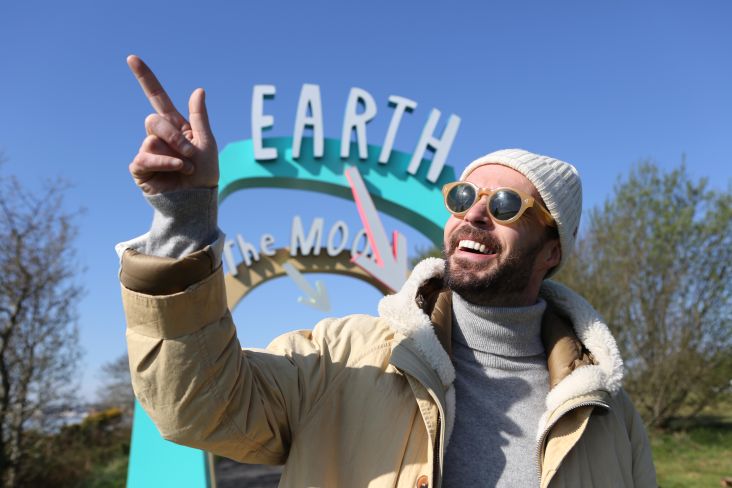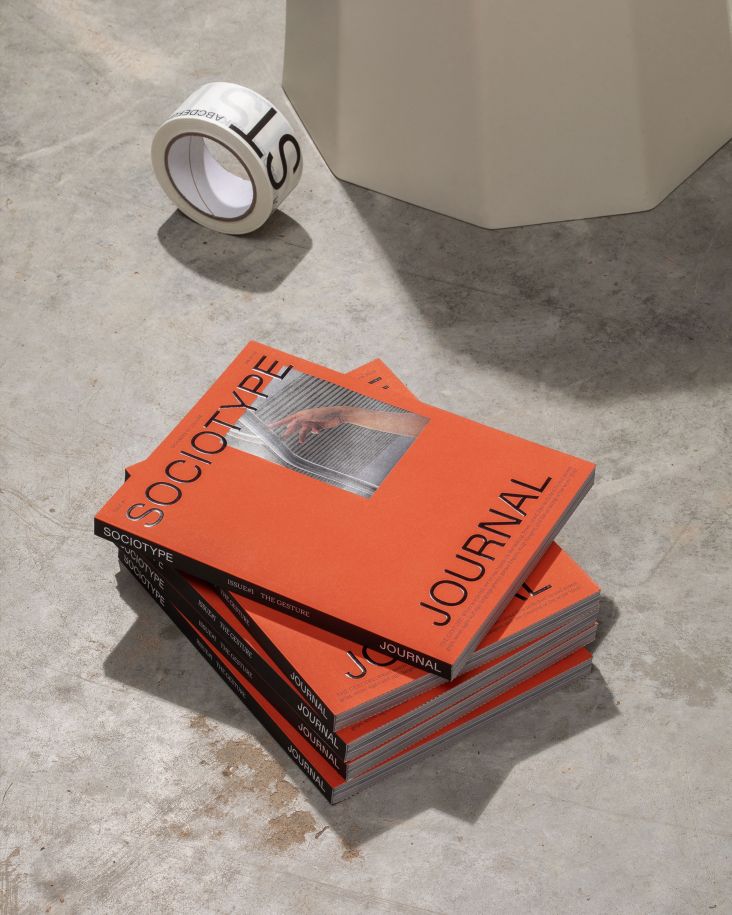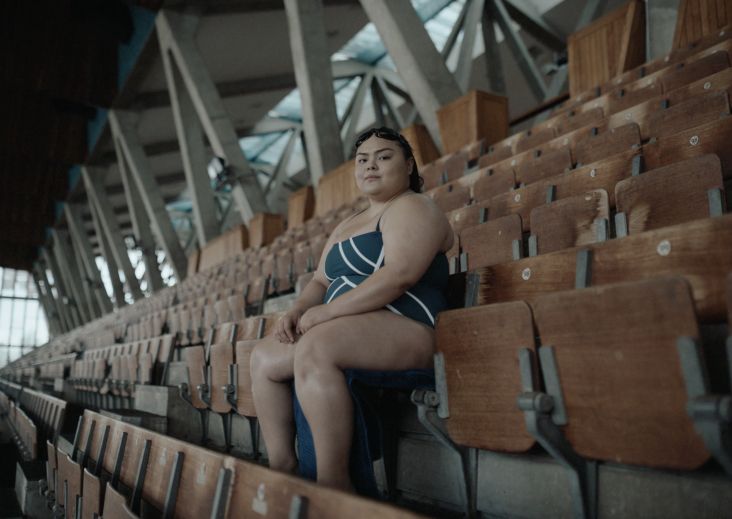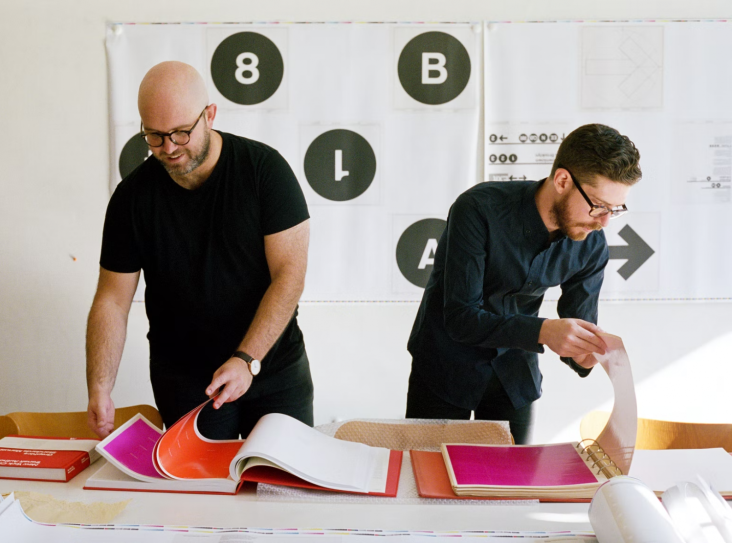Amanda Rowan on questioning gender, photographing humour, and how acting shaped her work
American photographer Amanda Rowan explores the power and vulnerability of womanhood in her playful still life images and self-portraits. With her new exhibition, Place Setting, currently running in Sante Fe, New Mexico, we caught up with her to hear how she captures humorous, sensual moments.
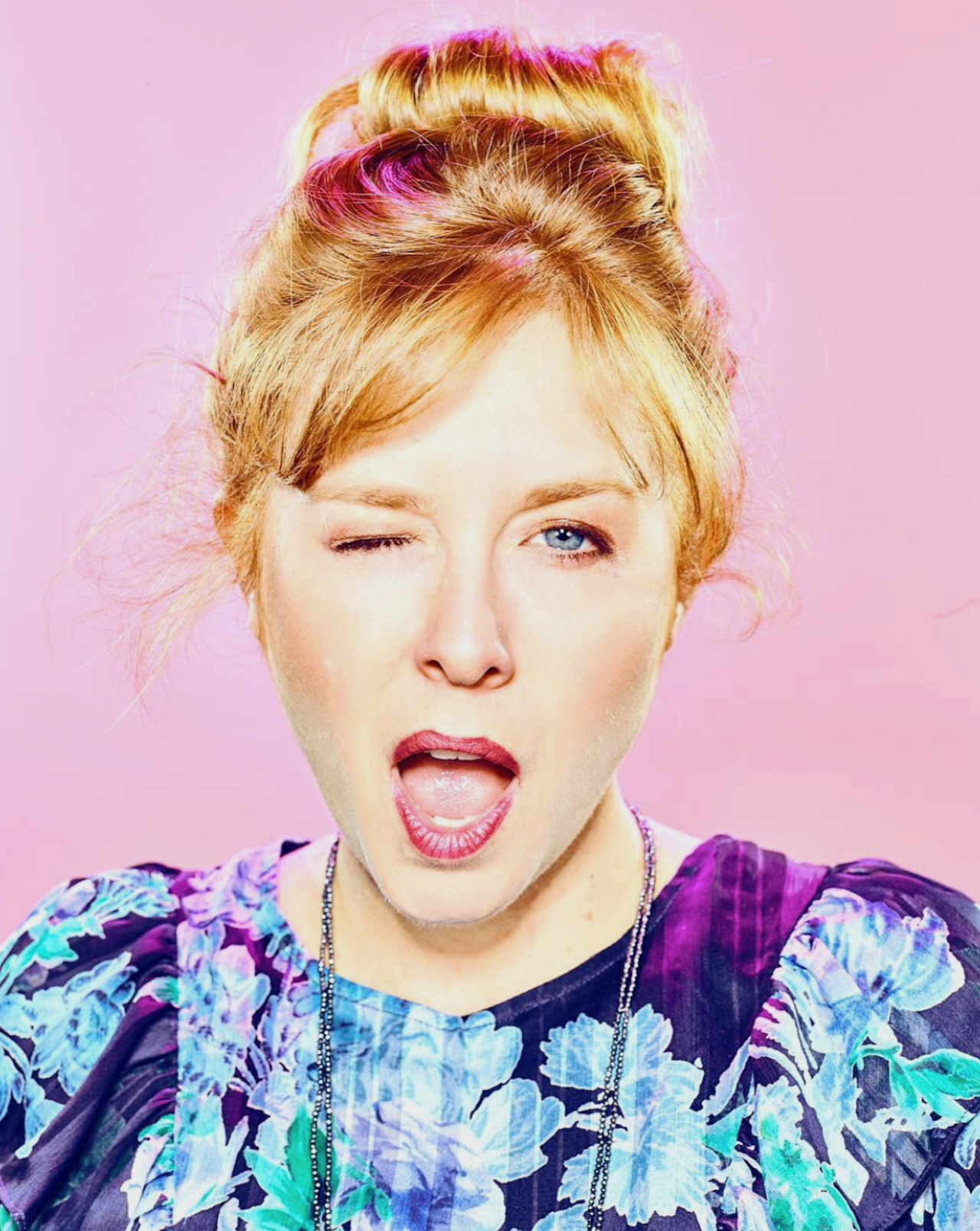
Amanda Rowan
Having started her career by shooting rock concerts while still in high school, Amanda Rowan has become an award-winning photographer who was recognised as Photographer of the Year 2018 by the International Chromatic Photography Publication. Her work has been exhibited internationally and hangs in the permanent collection at The Palms Hotel in Las Vegas alongside other artistic greats such as Jean-Michel Basquiat, Andy Warhol, and Takashi Murakami.
Her latest exhibition, Place Setting, sees Amanda immerse herself in the lives of three generations of pioneering women from the late 1800s who lived in Acequia Madre House in Santa Fe, New Mexico.
Drawing on the extensive archive of personal artefacts left by Eva Scott Fenyés, her daughter, Leonora S.M. Curtin, and granddaughter, Leonora F.C. Paloheimo, Amanda has brought their story to life via photography, film and sculpture. There's even a gorgeously bizarre recreation of elaborate dinner parties from archival recipe books – which explores the surrealist narrative of domestic labour and themes of property and independence linked to the trappings of class and gender.
To learn more about this stunning exhibition and hear how she creates her uniquely fantastic work, we caught up with Amanda to get the inside story.
What attracted you to the women of Acequia Madre House?
I had the opportunity to live and work at the Acequia Madre House during Covid for a fellowship residency. The home was established by Eva Fényes during the gilded age as a space to foster creativity. After her divorce, she left NYC in the late 1800s and purchased the land in Santa Fe. New Mexico at that time was a territory and very much the Wild West. I was inspired by her tenacity to leave the structure of her high society and privilege to seek out a life of freedom and adventure.
But what draws me to her story is how she cultivated artists throughout her life. She created a place where independent thinkers, artists of all media, and especially indigenous craftspeople could be in conversation about expression. Her daughter and granddaughter continued this legacy, and it was an honour to be able to engage with the unique personal objects that they collected over decades in art patronage.
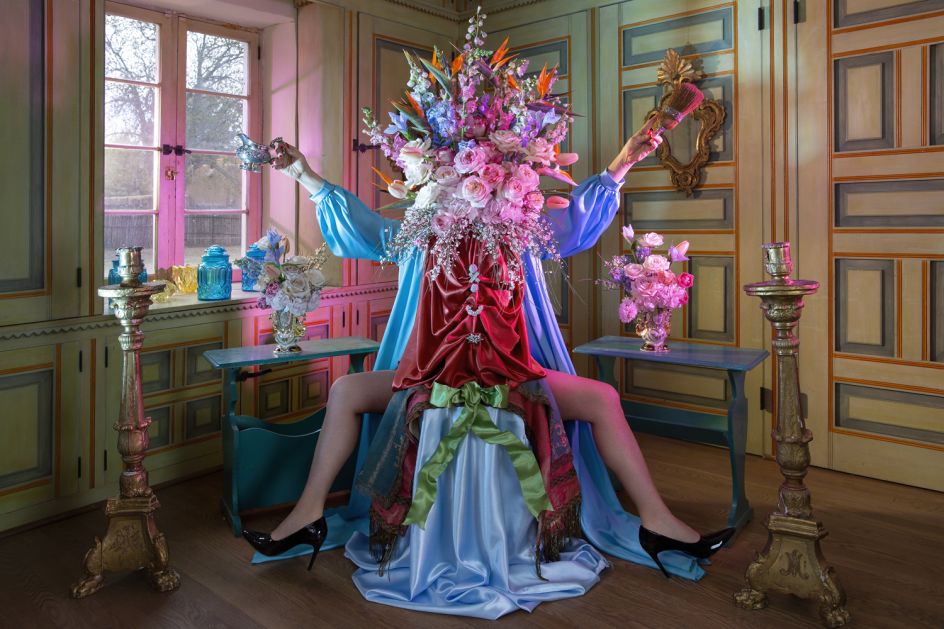
© Amanda Rowan
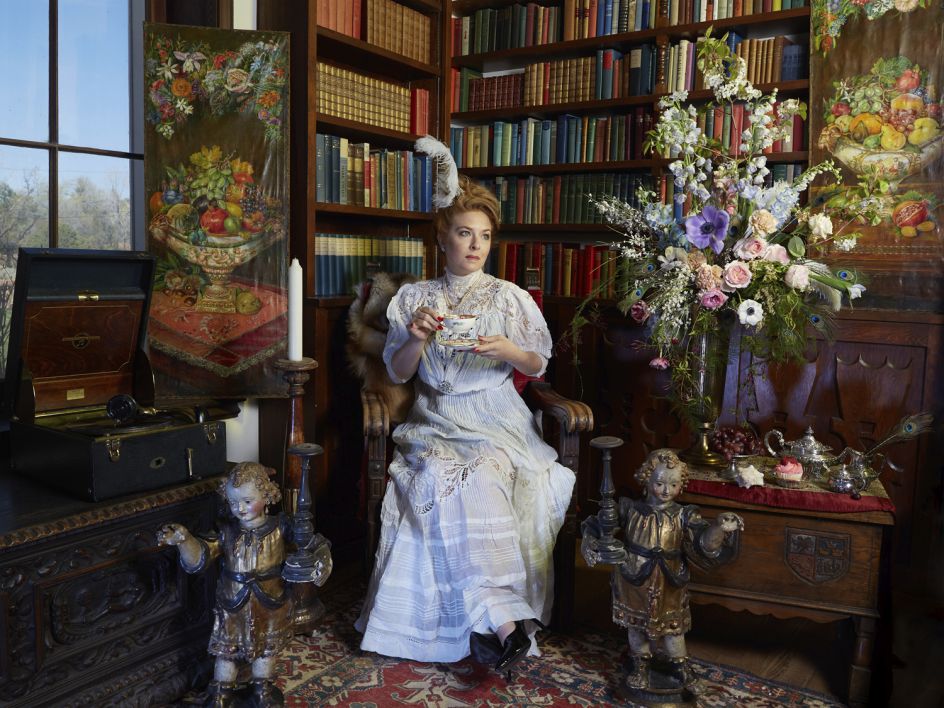
© Amanda Rowan
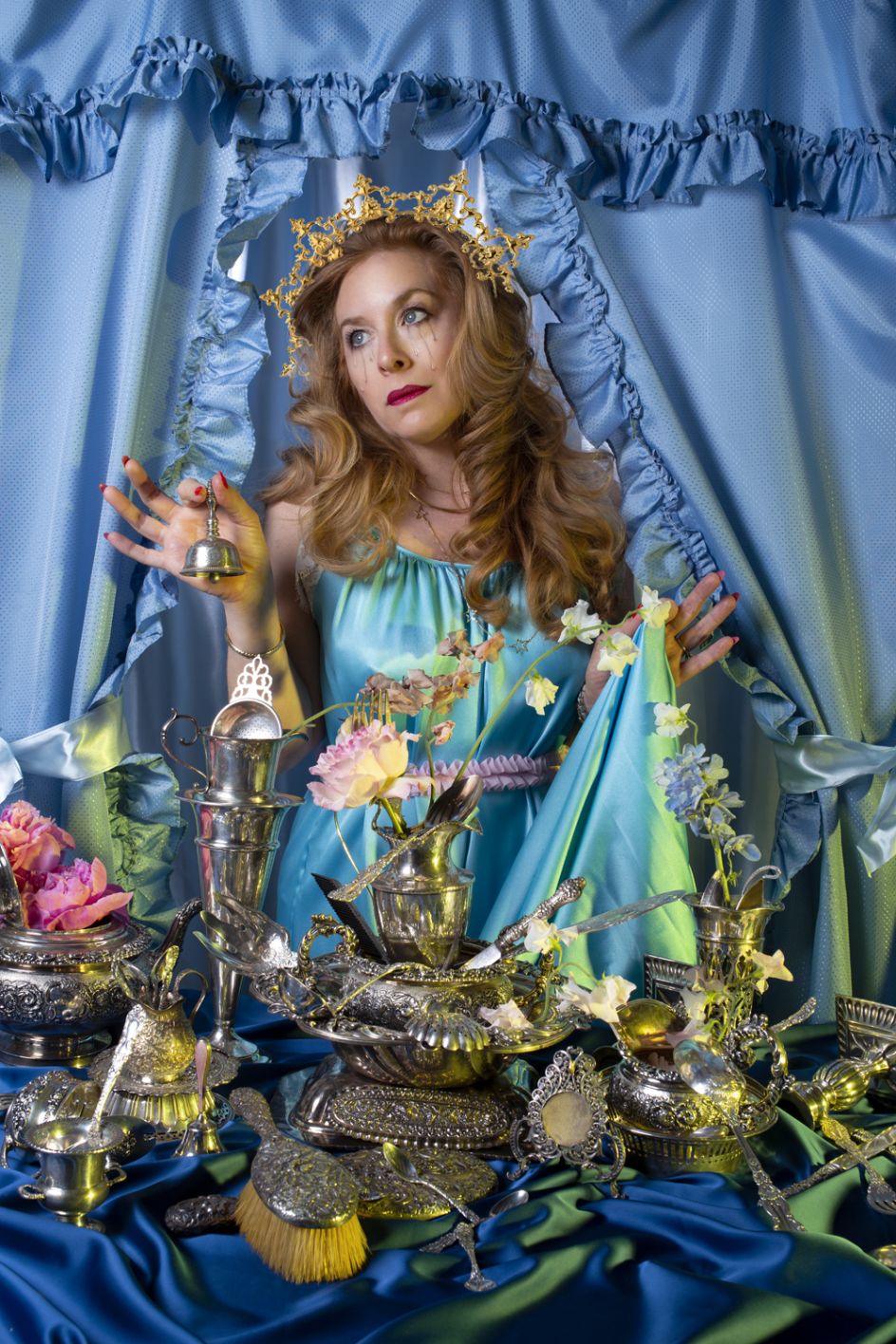
© Amanda Rowan
Tell us about the wealth of archive material.
I began thinking about the history of this place and the generations of women. The objects in the home span from the 1800s to the 1960s. I read vintage recipe books and looked at many photos from the early part of American history of women. I wanted to capture the changing narrative around women as the county evolved. The work is also inherently grounded in the southwest, and I was greatly inspired by the visual iconography of the Virgin Mary throughout Santa Fe.
What did you learn by immersing yourself in Eva, her daughter, and her granddaughter?
It made me feel very nostalgic and notice the emotions in the objects that we cherish and how they might lose a purpose but still hold meaning for us.
Do you think society's view of womanhood improved since Eva's time?
In addition to the objects inside the house, a large inspiration for this work came from the religious idolatry of the Virgin Mary seen throughout New Mexico. I was interested in examining how her mythology parallels the expectations of women. Specifically, the dichotomy to protect virtue as a commodity that can be sold through marriage and reproduction and the expectation to promote fertility through sexuality. I hope that this work takes the viewer through a narrative to question gender and consider notions of domestic labour as a spiritual offering and an act of feminist rebellion.
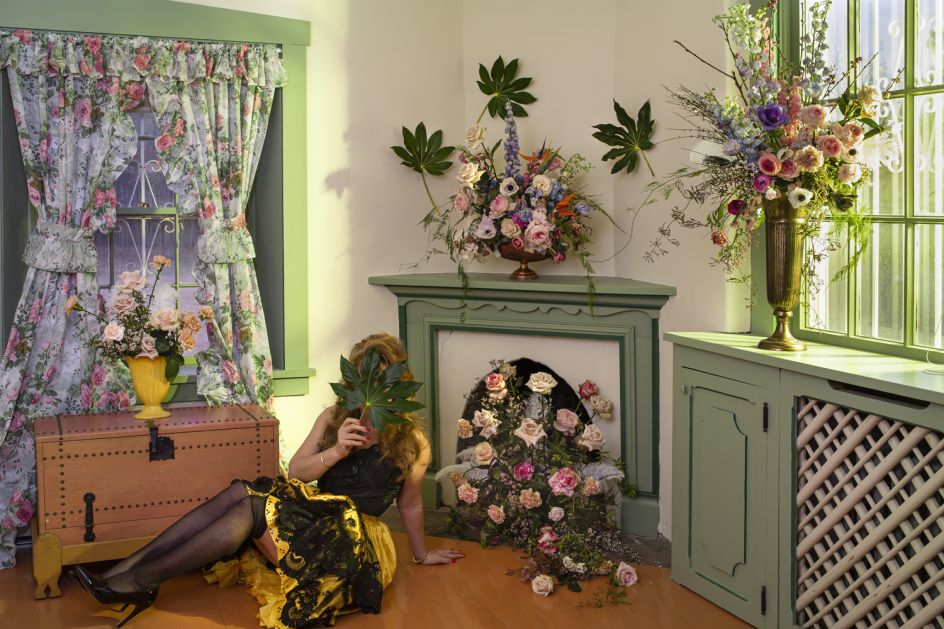
© Amanda Rowan
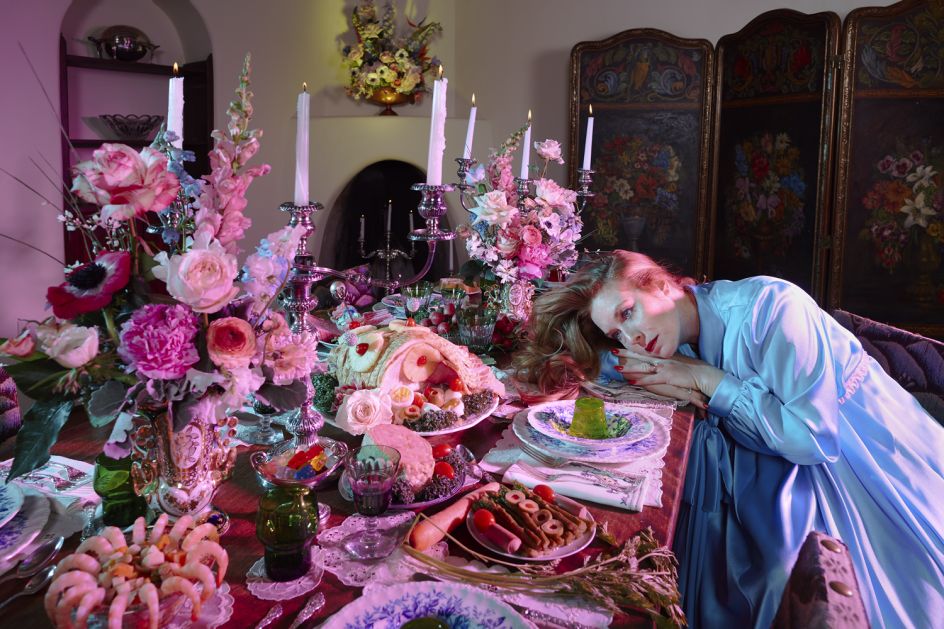
© Amanda Rowan
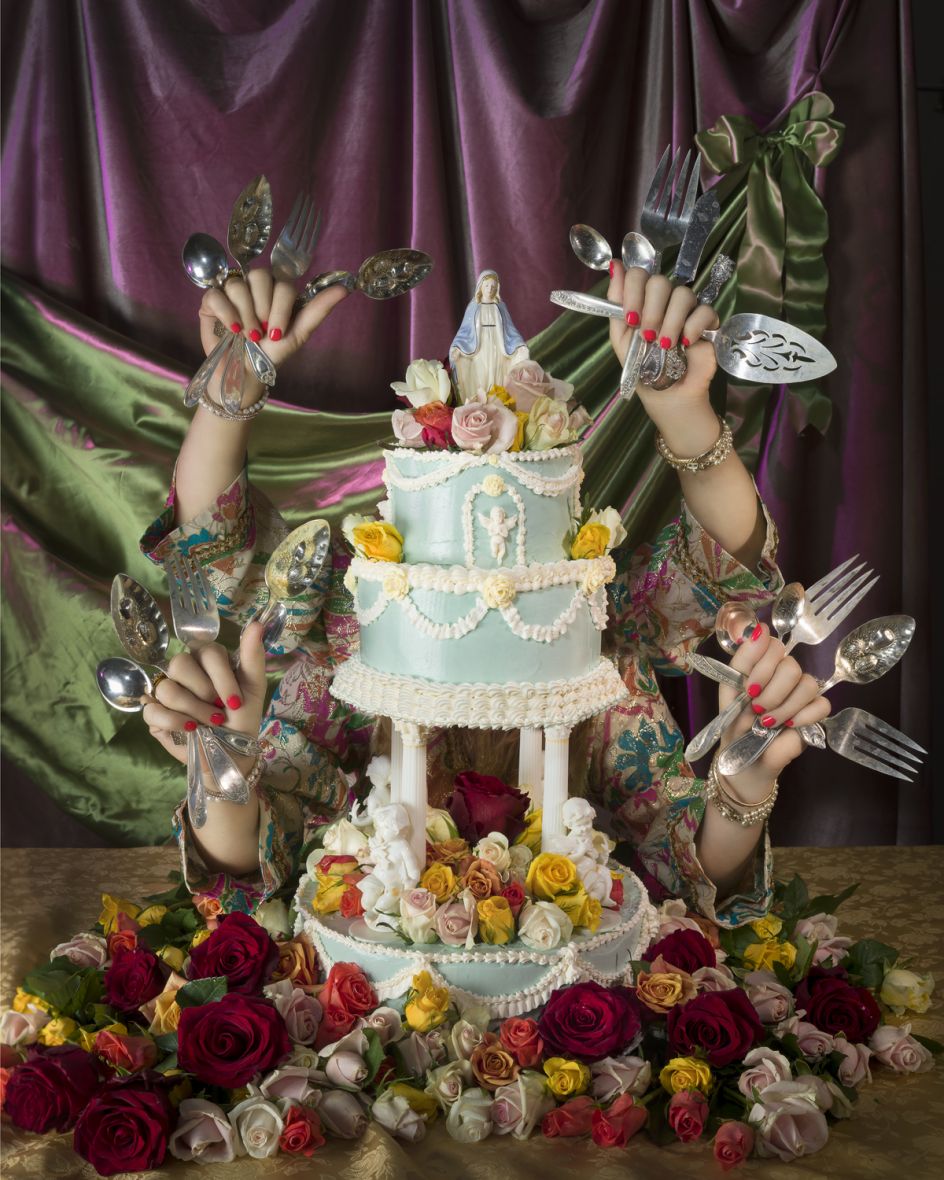
© Amanda Rowan
Place Setting was made in 2021. Did you have to contend with any Covid restrictions?
There were, of course, some very practical restrictions I had to contend with - for example, the state of New Mexico had restrictions in place which affected businesses and gatherings. I lived and worked in isolation to make this work. I had a crew come in for a few of the days, all in masks - but other than that, it was just me roaming around this big empty historic house. It was lonely but also an incredible luxury to be able to process the intensity of the time through creative expression.
Like everyone at that time, the bigger impact of Covid in 2021 was the uncertainty, not knowing whether we were coming out of this pandemic or entering another wave and contemplating how that may affect our lives. I have friends in Europe and other countries outside the US who have been affected by Covid. As artists, I see it as our responsibility to adapt to our environment and try and make sense of it all. Creating Place Setting against a backdrop of a global pandemic meant it was always in my mind.
How do you find and capture humour in your photographs?
Photography is a whole story in one moment, which is something I love. While I work in series sometimes, I want each image to stand on its own as a beginning, middle and end in this frozen world. I think humour is a great way to do that, and in the same way that I make what I enjoy and I like this maximalist, textured space, I love humour and the ridiculousness of it all. If you can look at a picture that's beautiful and evocative but also funny, I think that opens up the space to more people.
I implore you to make exactly what you dream in your heart. Make sure it is connected to your truest vision.
And why is humour such an important part of your work?
I am always after the challenge of how I can tell a story in one single image. Humour is probably my favourite way to do this. I use beautiful and familiar elements to seduce the viewer into engaging with the work on a political level. The sexuality, humour, and beauty in the images open up a dialogue about my experience navigating power and vulnerability as a woman.
How has your experience as an actor informed your work?
In my twenties, it was easy to define my craft as "acting", but now I see that performance has always been a part of my practice as an artist. Acting was really inspiring, but I reached a certain place in my late twenties where I felt like I didn't have much autonomy as a creative person. It was pre-MeToo, and the roles I was cast in were pretty ditzy, hyper-sexualised and stereotypical, so I stepped back from that.
Throughout my time as an actor, I was also a photographer, but the work I was making was purely for money – photographing for magazines or photographing other actresses and celebrities. I really enjoyed it because I'm so visual, but I had this epiphany where I thought, "Fuck it, I don't need to make photography that looks like this or be an actress who does that."
The past decade has been me doing work that navigates the spaces of being a woman and being an artist, using my body to express my agency, and exploring different ways that womanhood is portrayed in the media. I just allowed myself to get more conceptual about it, which is a huge gift.
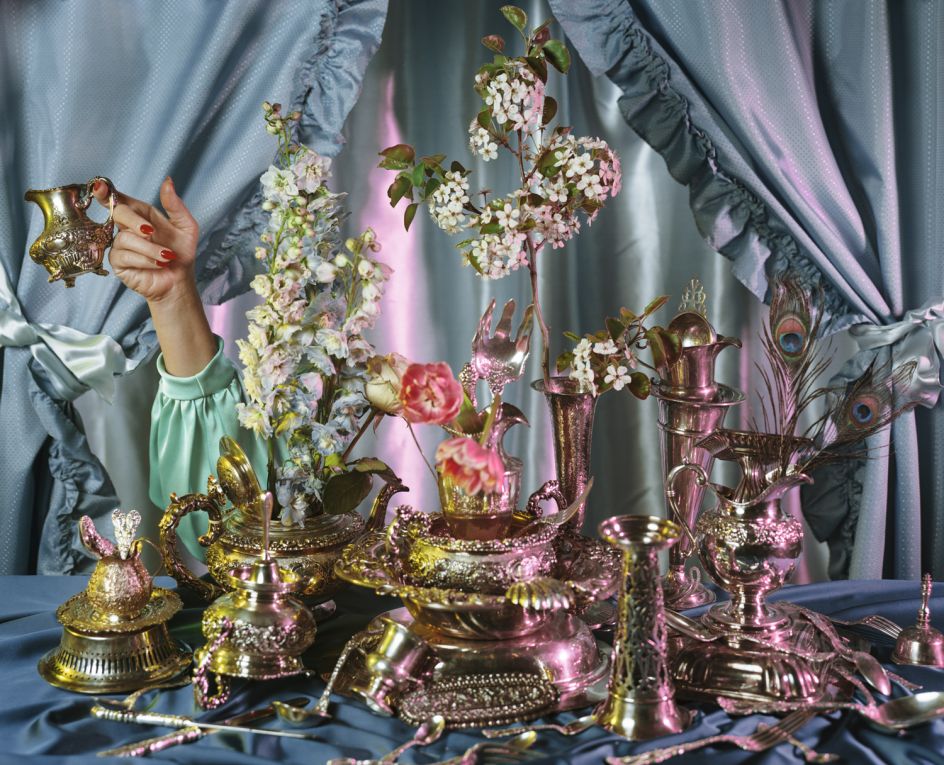
© Amanda Rowan
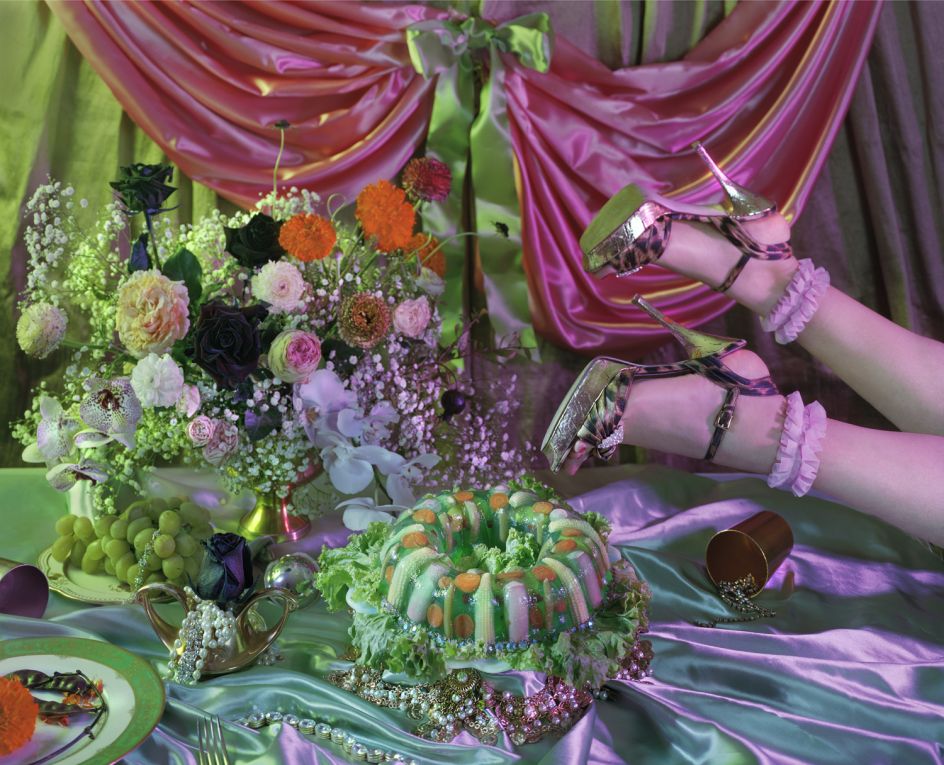
© Amanda Rowan
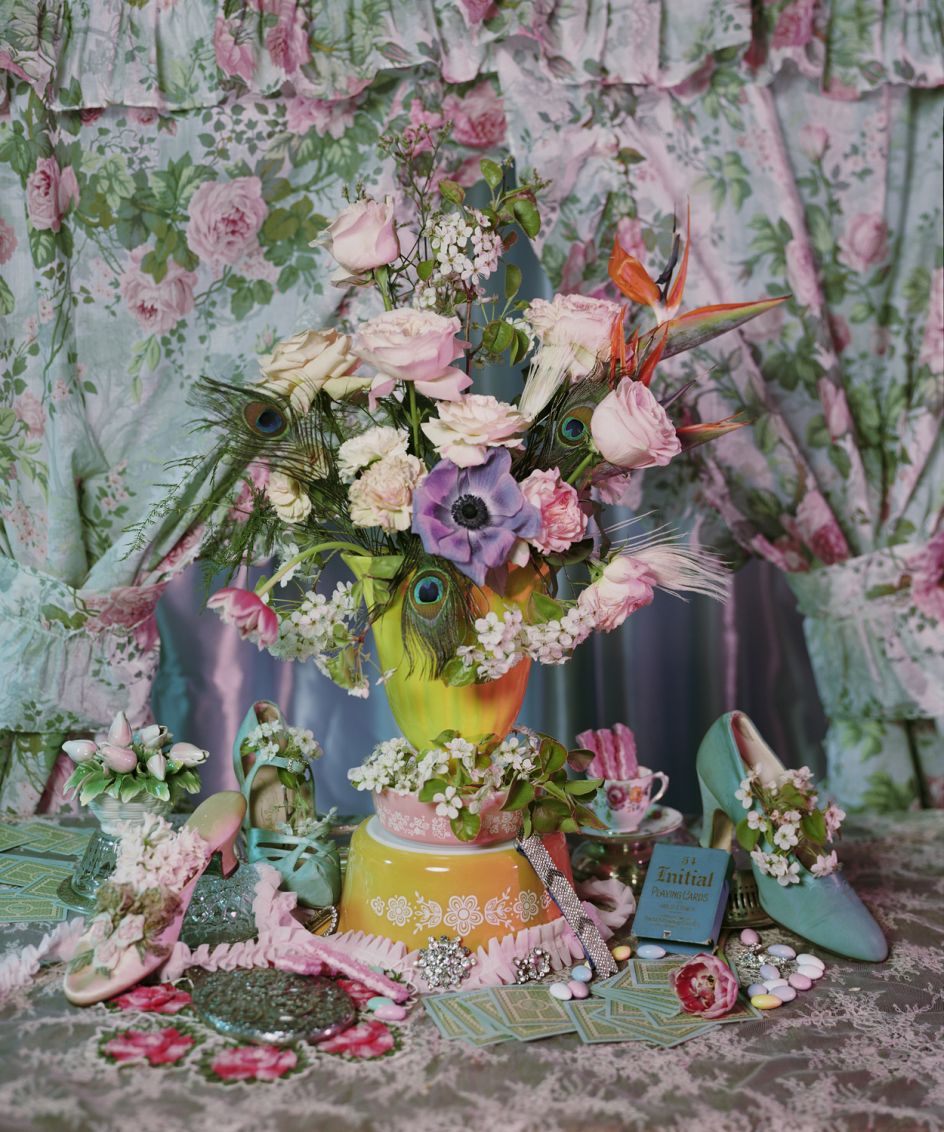
© Amanda Rowan
What fuels you creatively? And how do you keep that tank topped up?
I have been privileged in that my parents are artists who prioritise self-expression and creativity. My father, Peter Rowan, is a singer-songwriter and taught me to value the process of researching. He spends months travelling, reading, and learning about a time in history or music genre while writing an album. My mother is a fashion stylist and art collector. She taught me to see beauty in little details. I have always been drawn to photography. At first, it was a way to interact with the performers I met when I was growing up. But then it became part of my self-expression.
Creatively, I'm drawn to this world in-between worlds – I don't like it when photography looks like a time period. I take inspiration from what's around me, so it's no surprise I'm always trying to think about the notion of 'power' for women in my pictures - often trying to evoke these elements of power using different tropes. For example, some are very much in the world of BDSM; whips or handcuffs and literal manifestations of power through sex. But there's also this idea of power through acts of domestic labour, the making of a flower arrangement or the setting of a table.
I am most interested in using photography to capture something theatrical and not totally real. I love the intersection of illusion and reality.
How do you juggle shooting editorial work and making art?
My commercial and personal projects inform each other. I think the more I shoot personal work, the better my commercial work becomes and vice versa.
What advice would you give to aspiring photographers?
My best advice is simple and also incredibly hard. I implore you to make exactly what you dream in your heart. Make sure it is connected to your truest vision.
Do not waste your creative energy making work because you think that's what you "should do" so people "like you", "hire you," or "respect you." All of that is a distraction. And the irony is that's when you truly make the art that lights you up, fearlessly even when it terrifies you. Those people you were afraid of will like you, hire you, and respect you!
Rowan's work is represented by the London-based art photography agency Public Offerings, an agency whose mission is to showcase new talent from often-unseen perspectives, with a particular focus on emerging talent, women and LGBTQIA+ artists. Selected images of Amanda's work, Images From My Kitchen, are available to purchase via Public-offerings.com.




 by Tüpokompanii](https://www.creativeboom.com/upload/articles/58/58684538770fb5b428dc1882f7a732f153500153_732.jpg)


 using <a href="https://www.ohnotype.co/fonts/obviously" target="_blank">Obviously</a> by Oh No Type Co., Art Director, Brand & Creative—Spotify](https://www.creativeboom.com/upload/articles/6e/6ed31eddc26fa563f213fc76d6993dab9231ffe4_732.jpg)








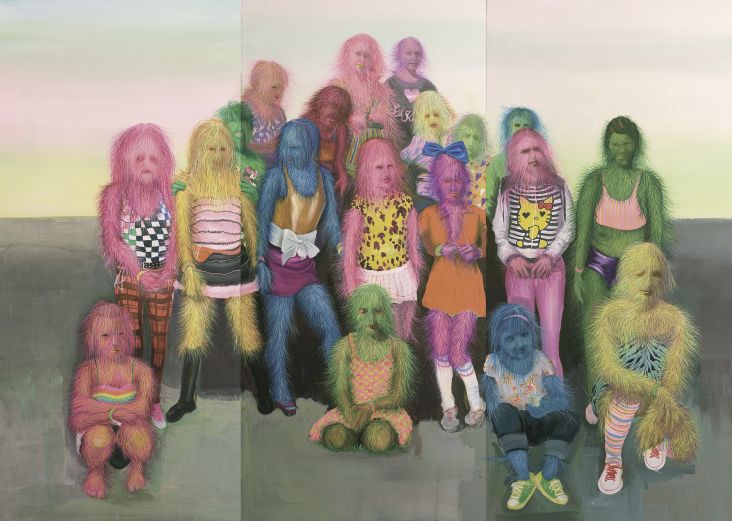
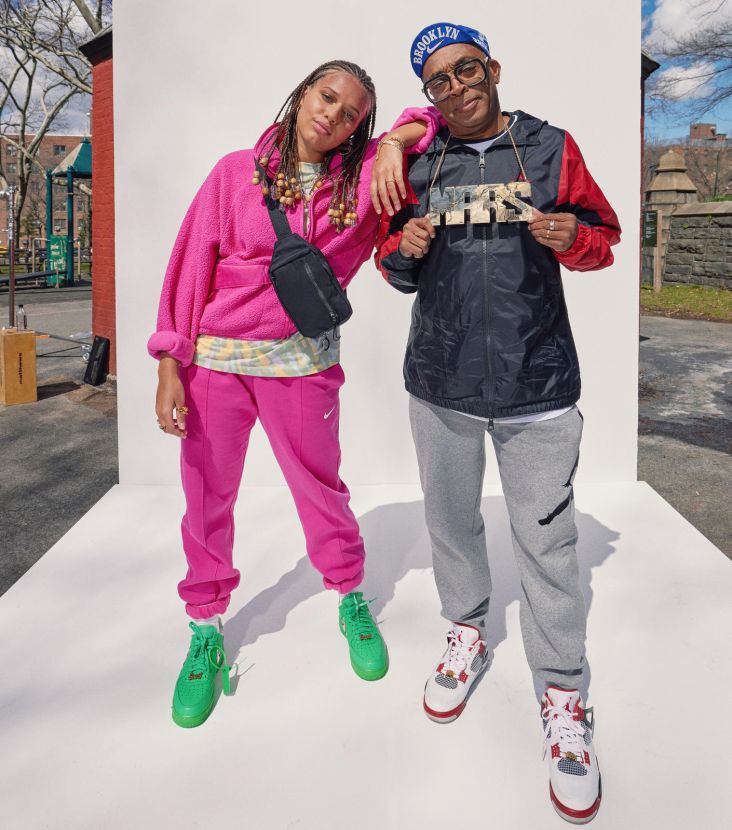
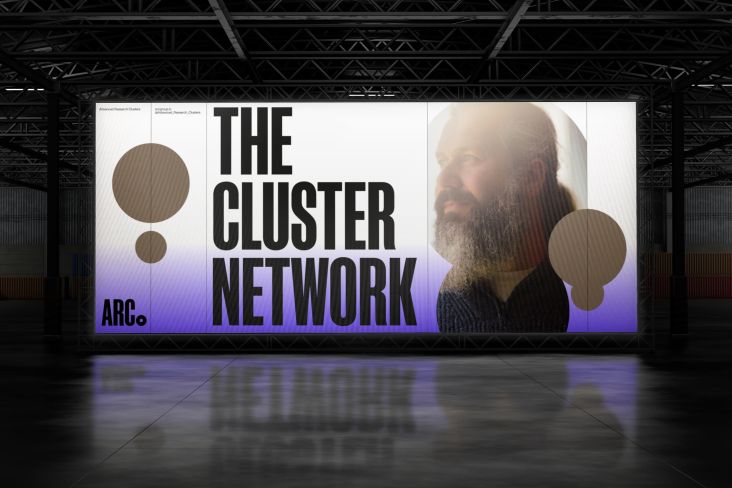
](https://www.creativeboom.com/upload/articles/33/338139d9b84270ce4759dc143351c1d6462028f0_732.jpg)
